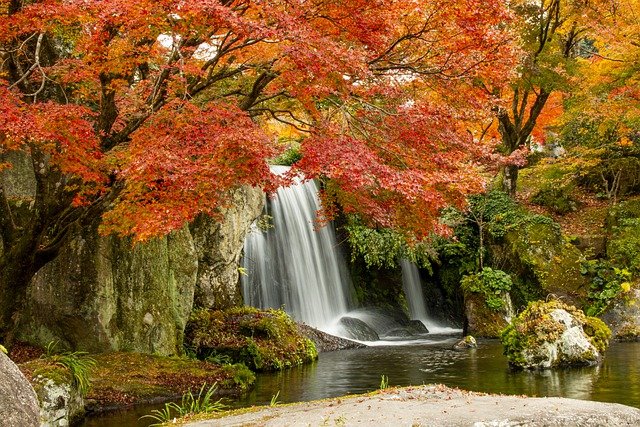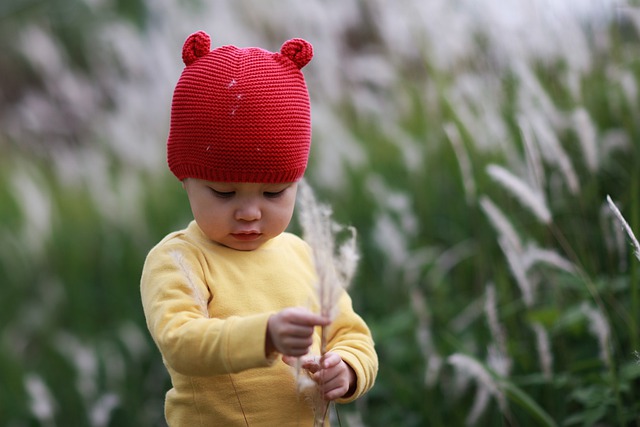Mark Coleman provides a guided meditation podcast on nature and gratitude that reinforces the theme of his work which is to “bring awareness to every aspect of our experience”. He maintains that this form of meditation is designed to cultivate “a grateful heart and appreciative mind”. He argues that appreciation of nature is not just an intellectual exercise but involves a heartfelt engagement with nature and its beauty, variety and expansiveness. In the meditation, he steps us through various ways of focusing on elements of nature so that we can express our gratitude and appreciation for all that exists around us.
Paying attention to the elements of nature
As he progresses through the guided meditation, Mark draws our attention to different elements of nature that are readily accessible to us but often overlooked or cursorily observed. Below are some of the elements that he encourages us to pay closer attention to, with a grateful heart and appreciative mind:
- Sunrise – we can look at a sunrise and marvel at its magnitude, the endless changing patterns and shapes of clouds and colour of the sky. In my location, near the bay and a large marina, I have the additional opportunity to observe the outlines of boats and sails reflected in the water as the sun rises of a morning – something that is a continuous source of amazement. The presence of photographers lining the foreshore with their tripods attests to the beauty of the morning sunrise over the water and its power to attract attention. The sunrise heralds a day of potential and promise.
- Sounds– we often experience the sounds of birds as background noise rather than something that we notice and consciously pay attention to. We can distinguish the cooing of doves nestling and nesting in trees, the squawking of rainbow lorikeets, the enthusiastic sound of kookaburras welcoming the morning’s light and the penetrating call of the curlew piercing the stillness and silence of the night. The eerie curlew’s call and its hypnotic effect are exquisitely captured by Karen Manton in her novel, The Curlew’s Eye.
- Flight patterns of birds – we can learn to pay attention to the flight patterns of different birds. We can come to appreciate the speedy swooping and swerving of swallows as they skim across the water or fly rapidly around building structures, the quiet flight and landing of pairs of rosellas or the raucous, flighty behaviour of large flocks of lorikeets, especially at dusk near the seaside (or bayside, in my location). We can also notice the tentative steps and flight of baby birds and their incessant cries for food.
- Rain – we can pay attention to the sounds of rain and appreciate its role in invigorating plants, filling depleted dams and providing life-giving resources to communities of people and animals devastated by fire or drought. In another podcast, Mark reminds us of the capacity of rain to increase our awareness of the interconnectedness of nature. Rainbows that accompany rain are a continuous source of wonder.
- Our own body – Mark reminds us to notice and admire the miracle of our own body – its complexity, utility, inner connectedness and interconnectedness with nature. He suggests that we pay attention (with appreciation) to the oxygen that we absorb from trees and plants, while acknowledging how valuable and mysterious is this interplay between humans and nature. The recent research on the role of our microbiome and its connection to illness, inflammation and eyesight, reminds us that, despite the wealth of knowledge, scientific methods and technology, our experts are still trying to fathom the depths of the mystery of our bodies and minds and their interconnectedness. We are just beginning to learn about the intelligence of the heart and of the gut. The HeartMath Institute helps us to understand heart-brain science and to access “the heart’s intuitive guidance” through achieving “coherent alignment” of our physical, emotional and mental systems. We can learn to appreciate and value our brain and our own special capabilities such as analytical skills, capacity to see patterns, attention to detail, creativity and/or strategic thinking. Through appreciating these capacities, we will savour our subconscious mind and readily “mind our brain”.
- Our breath – the breath reinforces the miracle of life. We know that people who experienced the COVID19 virus often had severe difficulties breathing. Our breath is normally so automatic (luckily!) that we take it for granted. Mindful breathing can enable us to be grateful for each breath, to develop our self-awareness and access calmness and equanimity. Richard Wolf, author of In Tune: Music as the Bridge to Mindfulness, encourages us to listen to the “sonic qualities” of our breath and offers ways to tune our breath to music beats – what he calls “breathing in time”
Reflection
Meditating on nature and gratitude encourages us to open up our senses and consciously pay attention to the world around us. It makes us appreciate that we can hear, smell, see, touch and taste (if these senses are intact). Many things we take for granted such as smell and taste were lost to people suffering from the COVID19 virus. It’s often through the temporary loss of things that we learn to appreciate them. Ideally our sense of gratitude is always present and often expressed even through micro-gestures.
As we grow in mindfulness, through meditation, observation and reflection, we can more readily develop a grateful heart and appreciative mind, enhance our sense of wonder and awe, and savour what we have in our everyday lives. Mantra meditations can be very helpful in enabling us to appreciate nature, our mind-body connection and the interconnection of everything. Lulu & Mischka’s mantra meditation, Stillness in Motion, performed while sailing and singing with whales, reminds us of our connection with the earth, the stars, the waves and the light in other people’s eyes.
Environmental educator, Costa Georgiadis, maintains that our connection to nature and appreciation of all that it offers begins with gardening in our own “backyard”. He offers multiple ways to get closer to nature and appreciate what it has to offer in his new book, Costa’s World: Gardening for the SOIL, the SOUL and the SUBURBS.
____________________________________
Image by Anh Lê khắc from Pixabay
By Ron Passfield – Copyright (Creative Commons license, Attribution–Non Commercial–No Derivatives)
Disclosure: If you purchase a product through this site, I may earn a commission which will help to pay for the site, the associated Meetup group, and the resources to support the blog.


